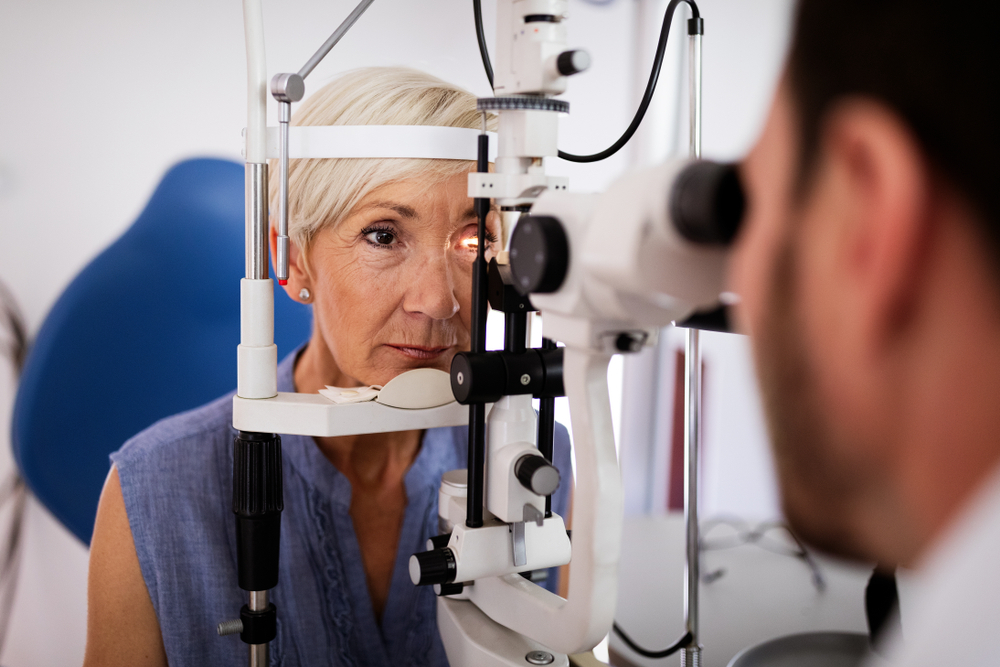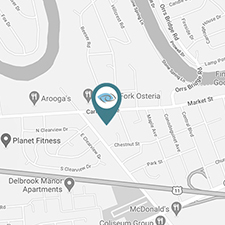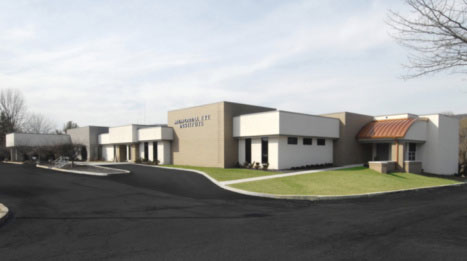If you have cataracts, you may feel like you constantly see the world through a foggy or dirty window. Fortunately, you don’t have to live this way forever.
Cataract surgery can help you see clearly by eliminating your cataracts and preventing them from reoccurring. Usually, cataract surgery permanently ends cataract symptoms.
However, for a small percentage of patients, symptoms like cloudiness or blurry vision can return months or even years after undergoing a successful cataract procedure. The cause of these symptoms is not the return of cataracts.
Post-surgery cataract-like symptoms are often caused by posterior capsular opacification (PCO), also known as “secondary cataracts.” Keep reading to discover if cataracts can come back and how to deal with their effect on vision.
What are Cataracts?
Cataracts occur when proteins within the eye start clumping together on the natural lens. As they build up, they cover more of the lens, resulting in visual impairment.
The most common symptoms of developing cataracts include:

- Cloudy or blurry vision
- Sensitivity to light
- Difficulty seeing in low light or at night
- Sensitivity to bright lights
- Pupils that appear milky white or yellow
- Injuring yourself more to impaired vision
- Noticing colors look yellow or muddier than usual
Because cataracts take time to develop, symptoms may take years or even decades to become noticeable or apparent. Cataracts typically develop due to aging.
Most people start developing cataracts in their forties or fifties, but they may only begin to impact vision once someone is in their sixties. Cataracts are the leading cause of visual impairment in the US and the leading cause of blindness globally. It is estimated that cataracts affect more than 20.5 million Americans over the age of 40.
Cataract Surgery
The only way to treat cataracts is by having cataract surgery. Cataract surgery is one of the most frequently performed eye procedures, with an average of 60,000 surgeries completed daily worldwide and 4 million surgeries performed annually in America alone.
During cataract surgery, the eye’s natural lens is replaced with an intraocular lens (IOL). The IOL replaces the natural lens and ensures you can see clearly after cataract surgery.
What is Posterior Capsular Opacification?
During cataract surgery, the IOL is implanted in the eye’s natural lens capsule or posterior capsule. This thin, transparent membrane is kept intact to hold the IOL firmly in place.
Posterior capsular opacification occurs when protein clumps start collecting on the lens capsule’s back side, creating a layer of scar-like tissue. The collected clumps can thicken and become cloudy, producing symptoms similar to cataracts.
Posterior capsular opacification is the most common complication of cataract surgery. However, it is relatively rare, occurring in only about 5% to 10% of patients who have undergone cataract surgery.
A cataract surgery patient may be at a higher risk for developing posterior capsular opacification if they had the procedure at a younger age. Some pre-existing medical conditions, including diabetes, glaucoma, and retinitis pigmentosa, may also increase the risk of developing posterior capsular opacification.
How is Posterior Capsular Opacification Treated?

The return of cataract-like symptoms can be upsetting for a patient who has enjoyed years of clear vision after cataract surgery. Thankfully, there is an effective treatment for posterior capsular opacification.
One of the eye surgeons at Memorial Eye Institute can perform a procedure called a posterior capsulotomy. This procedure uses a laser to create a small opening in the posterior capsule.
This can eliminate posterior capsular opacification and allows light blocked by the affected lens capsule to once again freely pass onto the retina, restoring normal visual function. In most cases, only a single posterior capsulotomy procedure is needed to treat the condition permanently.
A posterior capsulotomy procedure to treat posterior capsular opacification takes about 15 minutes to complete and requires no stitches. It’s usually performed as an outpatient procedure, and treatment can be done in-office at Memorial Eye Institute during a single appointment.
Posterior capsular opacification treatment is very effective, with an overall success rate of over 95%. Most patients notice a significant improvement in their vision within 1-2 days following the procedure.

Once their eyes fully heal, posterior capsular opacification patients’ visual clarity is usually completely restored. Additional treatment for the condition is rarely required, though it may be necessary if it worsens or the opening in the posterior capsule shrinks.
As with any eye procedure, potential risks are associated with treating posterior capsular opacification. These include the increased presence of floaters, increased intraocular pressure, dislocation of the IOL, and eye swelling.
Can Posterior Capsular Opacification Be Prevented?
Although there is no way to guarantee you won’t develop a condition like posterior capsular opacification, choosing a knowledgeable, experienced cataract surgeon and a high-quality IOL before having cataract surgery can help. Studies by the American Academy of Ophthalmology have shown that expertise with the latest surgical techniques and advanced IOLs, which better adhere to the eye, can lower a patient’s risk of developing posterior capsular opacification after cataract surgery.
While cataracts cannot come back after cataract surgery, developing a condition like posterior capsular opacification can compromise the clarity of your vision with cataract-like symptoms. As with cataracts, effective treatment of posterior capsular opacification can improve the quality of your vision!
If you are experiencing the symptoms of cataracts after having cataract surgery, you don’t need to keep seeing the world through a fog. Today, take the first step towards better vision by scheduling an appointment at Memorial Eye Institute in Harrisburg and Camp Hill, PA!



